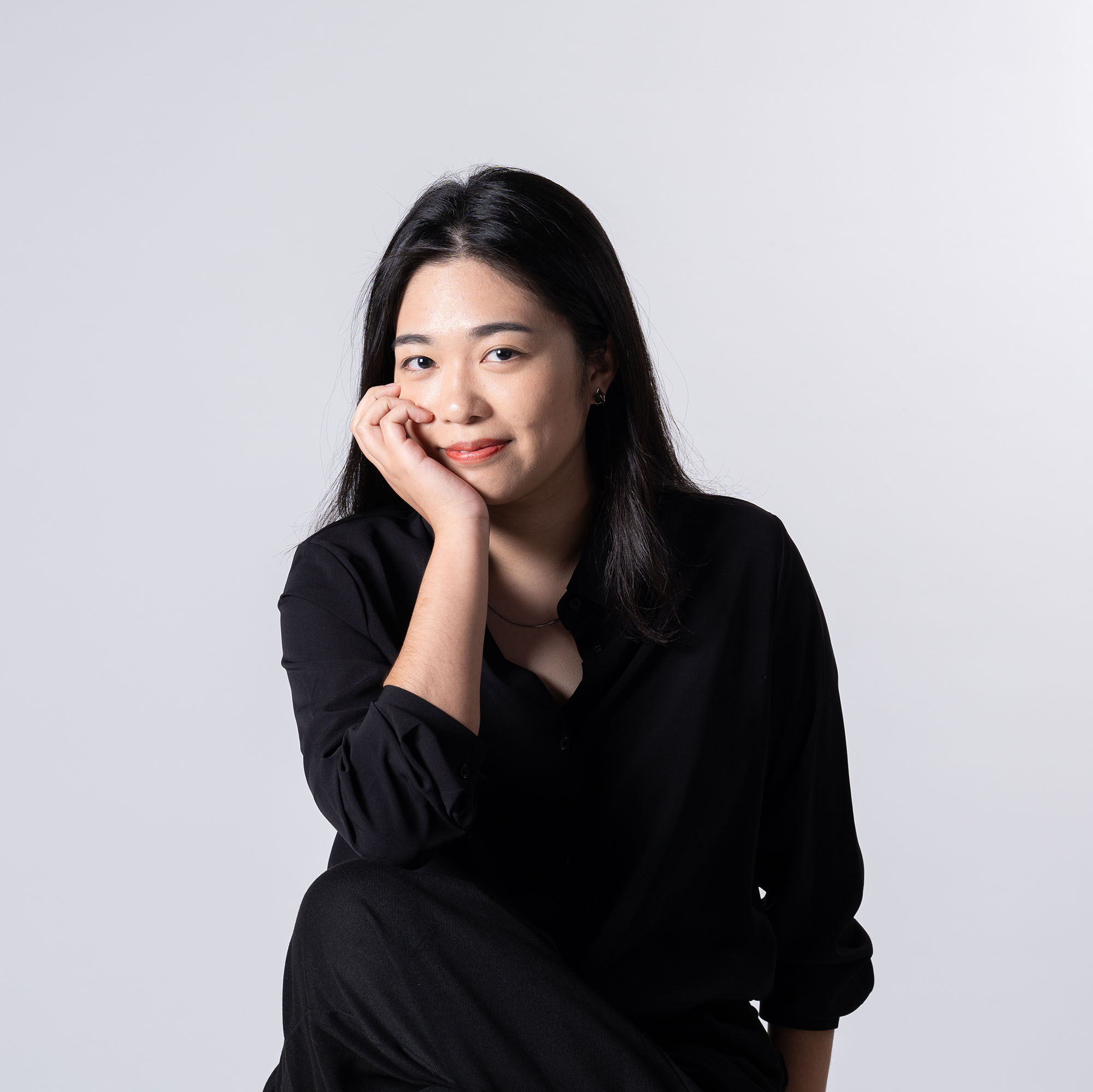BAMUDYE
Category: Accessories
Competitions: Taiwan Region, International
北投地區靠近大屯火山群一帶,旺盛的地質作用造就豐富的泥土種類。使用多元的土質土色作為染色原料,以傳統六角竹編技法的結構型式作為花紋的基礎圖樣,融合兩個北投的特色產物,透過泥染的方式將皮革用呈現出竹編的紋路效果。 在北投當地,竹子湖一帶曾大量栽種竹子,因此以「竹籃」作為最終成品的參考範本。為了讓籃子本身有更強的硬度,選擇比起布料更具支撐性的「皮革」作為籃子的基底材質,並使用縫線在四個角做出更硬挺筆直的效果。籃子的提把部分則以真實的竹材製作,配合細緻的藤花編織,與籃子外側的六角竹編花紋呼應,製作以泥染方式呈現的皮革提籃。 皮籃本身為一體成形,組裝時無須使用縫線結合,而是利用折疊的方式結構,並且將提把包覆在籃體本身結構中,配合螺絲扣固定,製作出可以完全拆平的籃子。 The area near Beitou, adjacent to the Datun Volcanoes, is rich in various types of soil due to vigorous geological activity. Utilizing a diverse range of soil colors as dye materials and employing the traditional hexagonal bamboo weaving technique as the foundational pattern, our work merges two distinctive products of Beitou. Through the technique of mud dyeing, leather is rendered to emulate the texture of bamboo weaving. In the Beitou region, bamboo was once extensively cultivated around the Zhuzihu area, thus serving as the model for the final product, the "bamboo basket." To enhance the structural rigidity of the basket, leather, which provides more support than fabric, was chosen as the base material. Seam lines were used at the four corners to create a sturdier and more straight-edged effect. The handle of the basket was crafted from real bamboo, intricately woven with vine flowers to complement the hexagonal bamboo pattern on the exterior of the basket, which is presented through mud dyeing on leather. The leather basket itself is molded as one piece, requiring no sewing during assembly. Instead, it is structured through folding, with the handle integrated into the body of the basket and secured with screws, allowing for easy disassembly.

